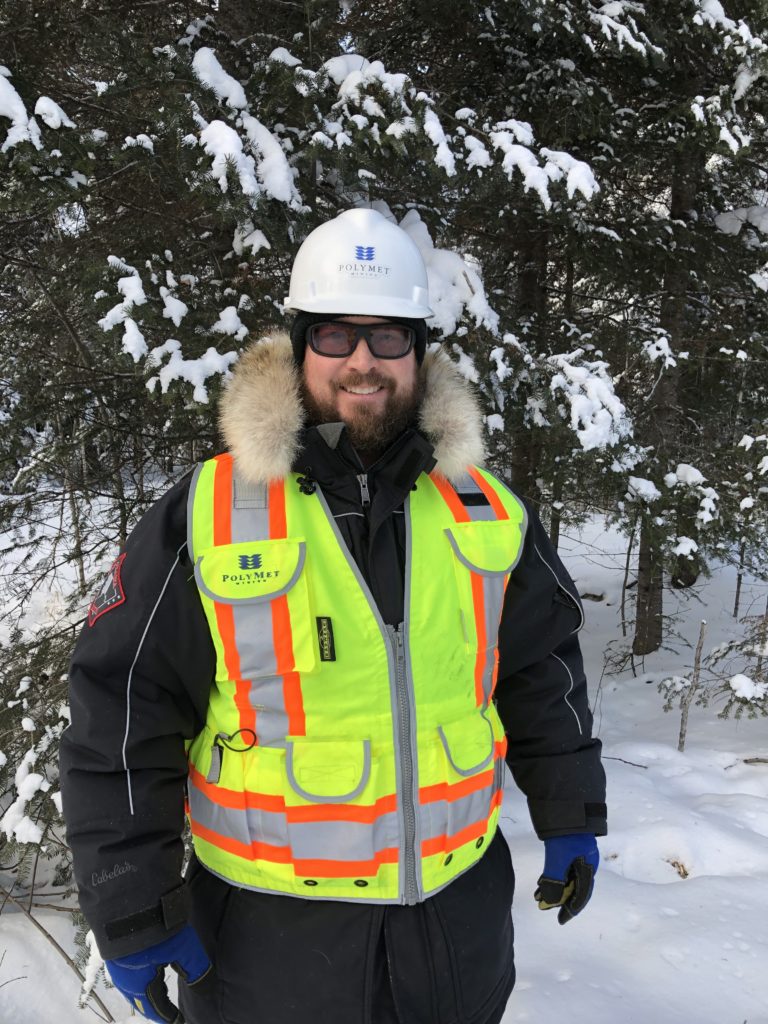July 11, 2019
Environmental “Playbook” Guides Company Actions
Share
When the U.S. Army Corps of Engineers issued its Record of Decision and wetlands permit for the NorthMet project this spring, it marked both an end and a beginning. The milestone marked more than 10 years of arduous research, planning and advocacy, resulting in awarded permits that meet all applicable state and federal standards. With these permits in hand, we’ve shifted our focus to pre-construction activities necessary to open Minnesota’s first copper-nickel-precious metals mine..
Each of our permits comes with stringent environmental conditions – literally thousands in total – that we must meet in order to remain compliant as we attend to pre-construction activities all the way through operations, closure and reclamation.
We rely on our Environmental Management System (EMS) to help keep track of environmental conditions and activity. The EMS is our process checklist, or playbook, for managing everything environmental on the project. It includes our environmental policies – how and why we do things – and it outlines accountabilities and responsibilities, any resources required for specific tasks, actions we will take to avoid issues and more.
Although many components of the system have been in place for years, we’ve recently invested in a formalized and structured digital platform – a complementary Environmental Management Information System (EMIS) – that will actively manage data and activities to meet not only agency mandated permit conditions and deadlines but also our own high, company-driven environmental standards. It will be the comprehensive system for maintaining compliance assurance throughout the duration of NorthMet project operations, closure and reclamation.
Imagine, for example, hundreds of different surface water, ground water and air monitoring locations on our site each collecting data that must be compiled and reported on a daily, weekly, monthly or annual basis to regulatory agencies as part of our permit conditions. Think about the hundreds of workers and contractors on site who will need to be adequately trained to prevent environmental issues from happening in the first place, to report those that need attention and to address those that may occur. These are just some of the areas in which the sophisticated EMIS will help us effectively and openly communicate and track and report compliance performance.
PolyMet Environmental Manager Cam Trembath, who is leading the charge to implement the EMIS platform, said, “Even though we’re not yet fully operational, we still must abide by all permit conditions. Our environmental team is inputting all those conditions into our EMIS and assigning each to an appropriate responsible party, so nothing gets missed and we remain compliant.”
Working with a well-qualified outside firm to implement the EMIS and configure it to our specific needs ensures we will use it to its fullest capacity from the start. In addition to managing permit conditions and deadlines, the system will help our teams assign and track tasks, build compliance calendars, complete necessary reports and more. The EMIS will continue to grow alongside the project, with the option to tie in additional applications as the project progresses. This technology is helping us take a modern, forward-thinking approach to managing our environmental commitments.
We believe in the NorthMet project and we believe in doing everything in our power to make sure every aspect of our operations meets the high environmental standards and expectations of both PolyMet and our greater Minnesota communities.

Meet our team: Cam Trembath joined PolyMet as an environmental manager in September 2018, after having worked for the mining and energy industries in Wyoming and North Dakota for several years. He has worked in environmental management for 20 years and holds a degree in fish and wildlife from the University of Minnesota in Minneapolis, Minnesota and an MSc. degree in natural resources from Lakehead University in Thunder Bay, Ontario. A Chisholm, Minnesota native, Cam was pleased to return to the Iron Range with his wife and son.


